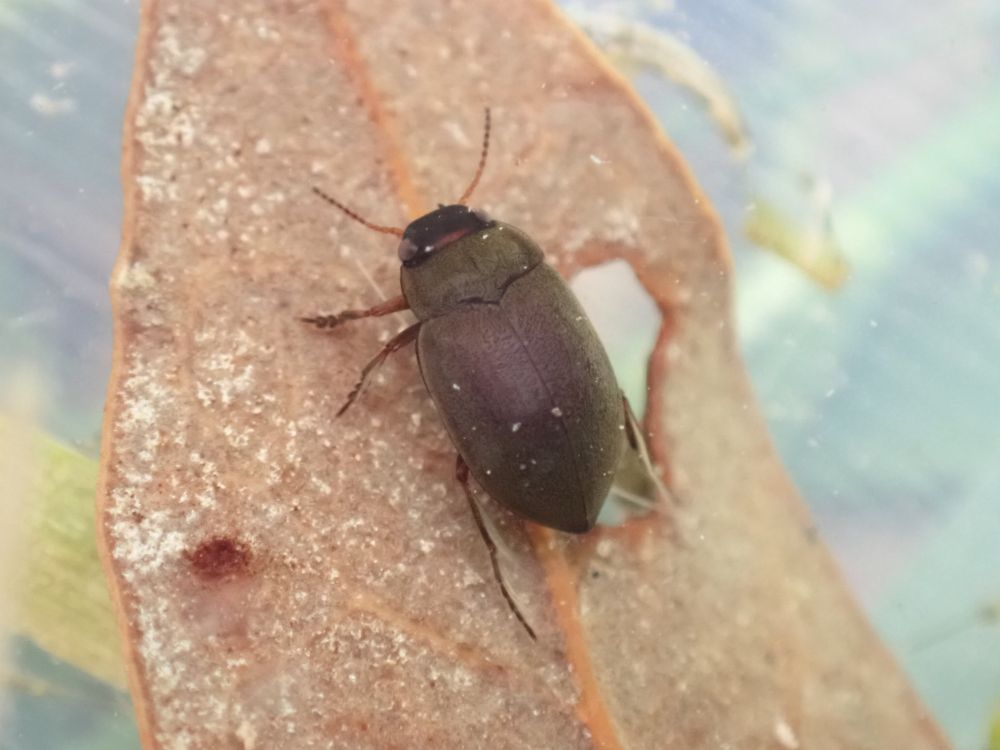The diving beetle Deronectes latus was described as new to science by J.F. Stephens in 1829 from specimen collected by L. Rudd of Marton Lodge (now Stewart's Park, Middlesbrough). Ormesby Beck, a short walk away, would have been nearest likely habitat for this running water species.
📷U Schmidt, CC.
📷U Schmidt, CC.


November 1, 2025 at 7:30 PM
The diving beetle Deronectes latus was described as new to science by J.F. Stephens in 1829 from specimen collected by L. Rudd of Marton Lodge (now Stewart's Park, Middlesbrough). Ormesby Beck, a short walk away, would have been nearest likely habitat for this running water species.
📷U Schmidt, CC.
📷U Schmidt, CC.
#LiteratureNotice Goczał et al. Formation of beetle elytra and the most spectacular animal radiation in the history of Earth doi.org/10.1093/zool... #Beetle #Beetles #Biodiversity #Morphology

August 24, 2025 at 3:53 AM
#LiteratureNotice Goczał et al. Formation of beetle elytra and the most spectacular animal radiation in the history of Earth doi.org/10.1093/zool... #Beetle #Beetles #Biodiversity #Morphology
My first time seeing #Deronectes sp. I thought it was a giant Hydroporus 😀 Deronectes is a genus under the tribe #Hydroporini
#Dytiscidae #Coleoptera #DivingBeetle
#Dytiscidae #Coleoptera #DivingBeetle

May 27, 2025 at 9:00 AM
My first time seeing #Deronectes sp. I thought it was a giant Hydroporus 😀 Deronectes is a genus under the tribe #Hydroporini
#Dytiscidae #Coleoptera #DivingBeetle
#Dytiscidae #Coleoptera #DivingBeetle

